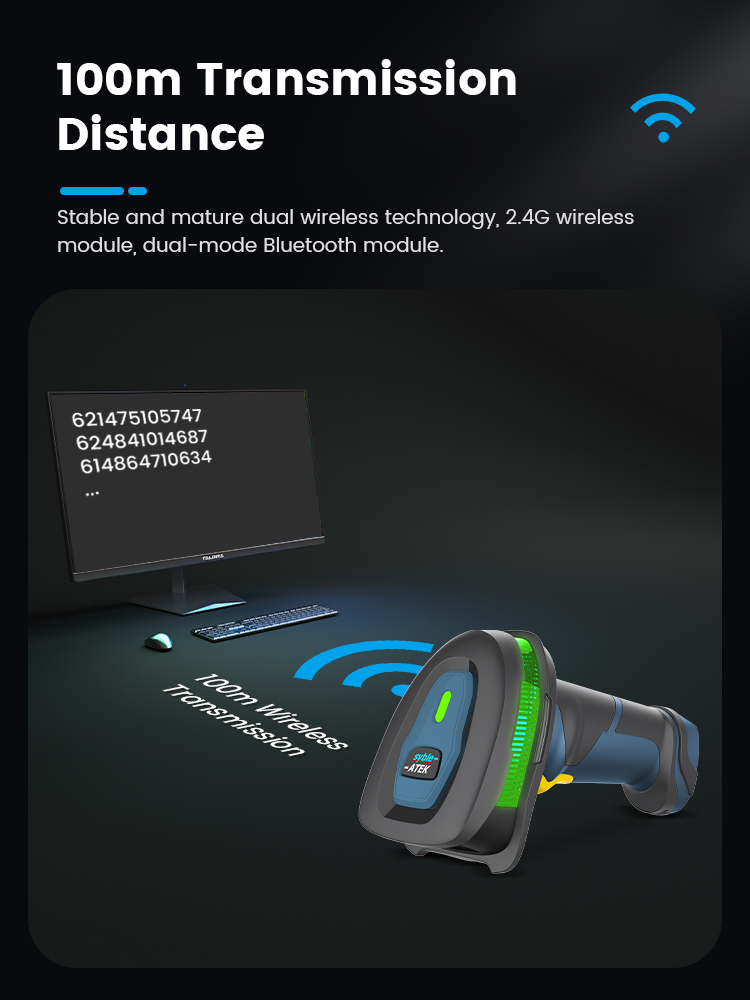
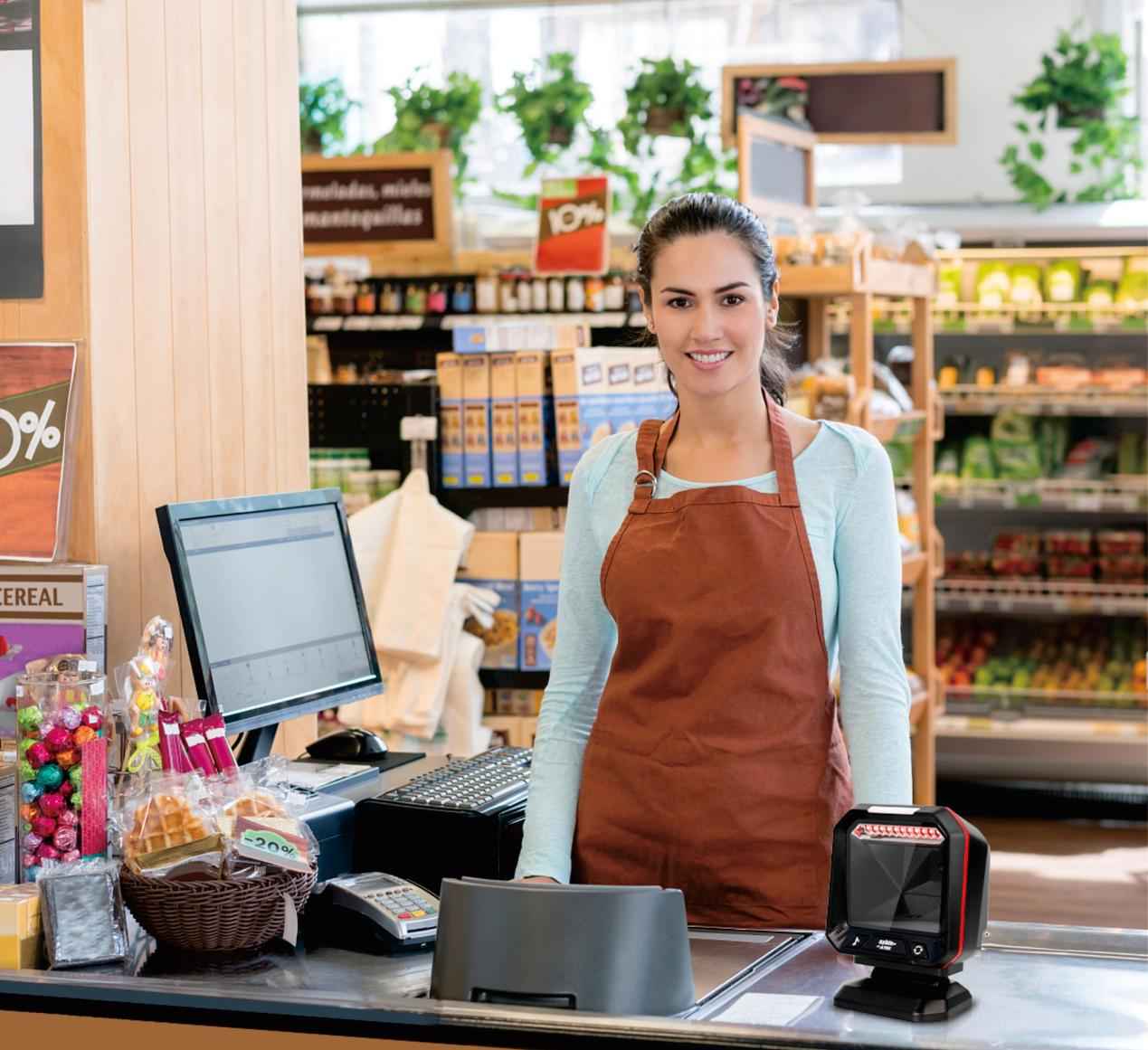
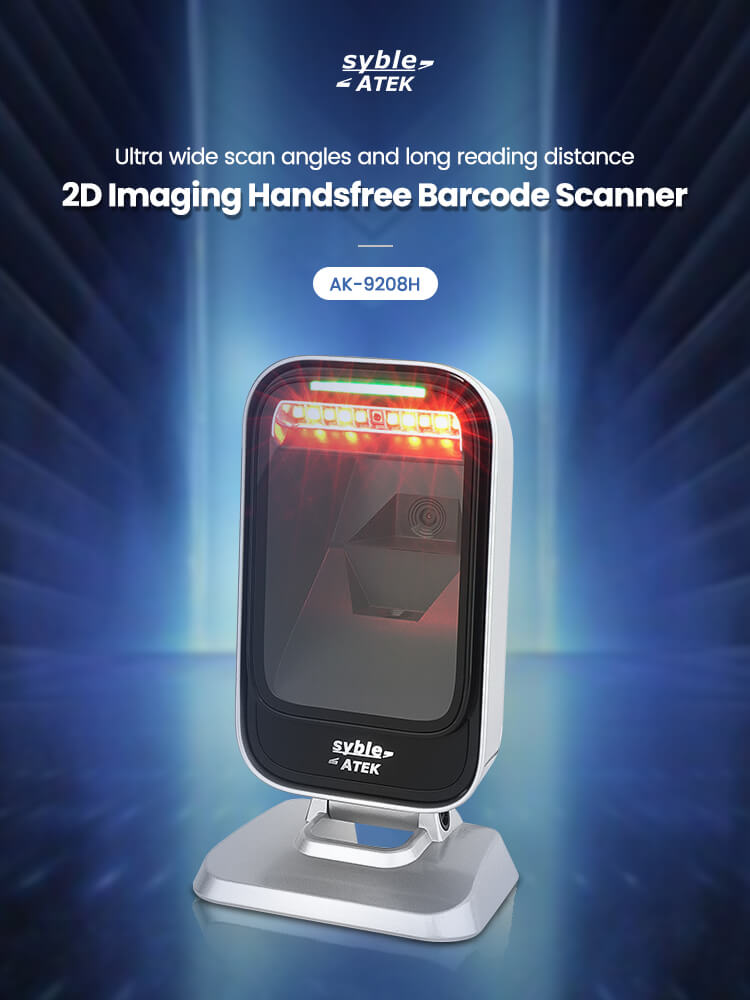
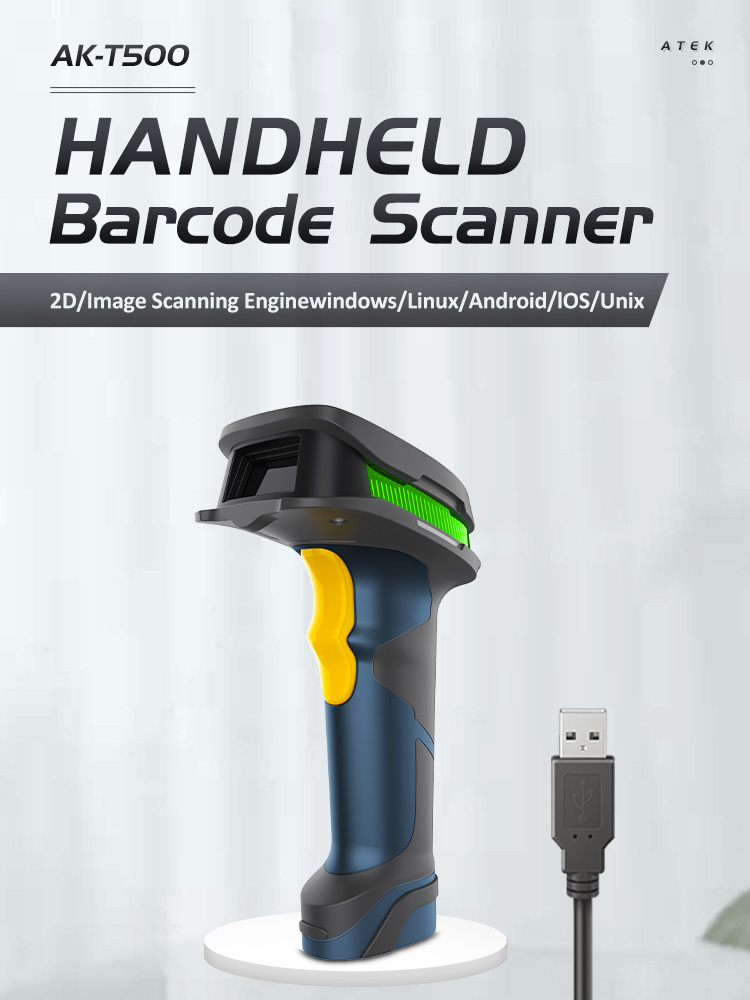
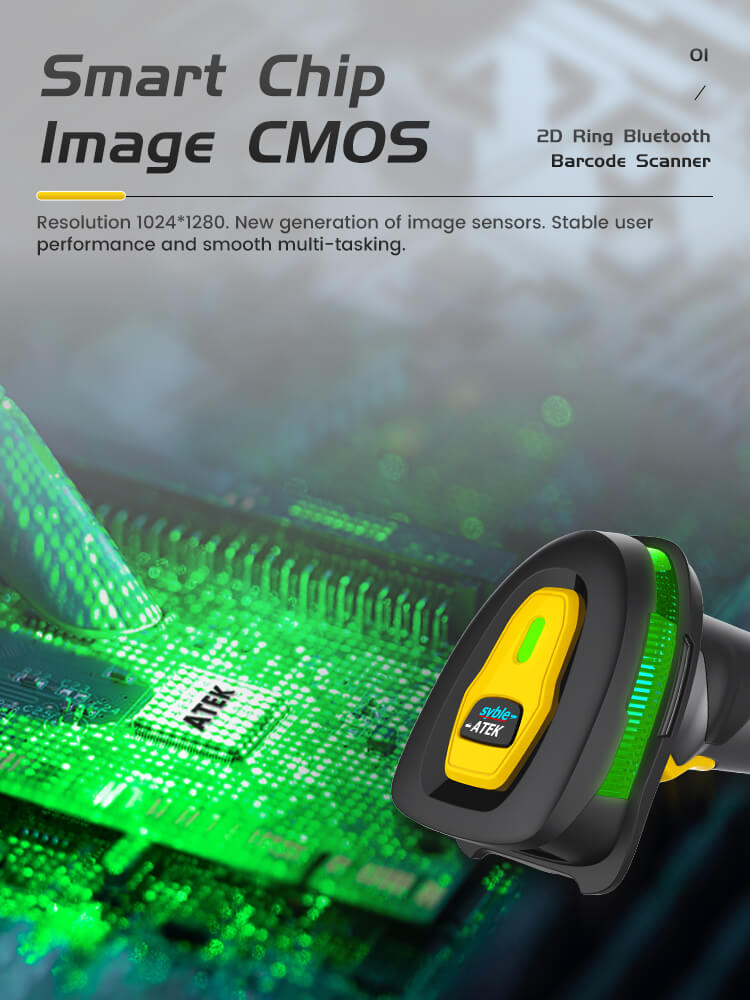

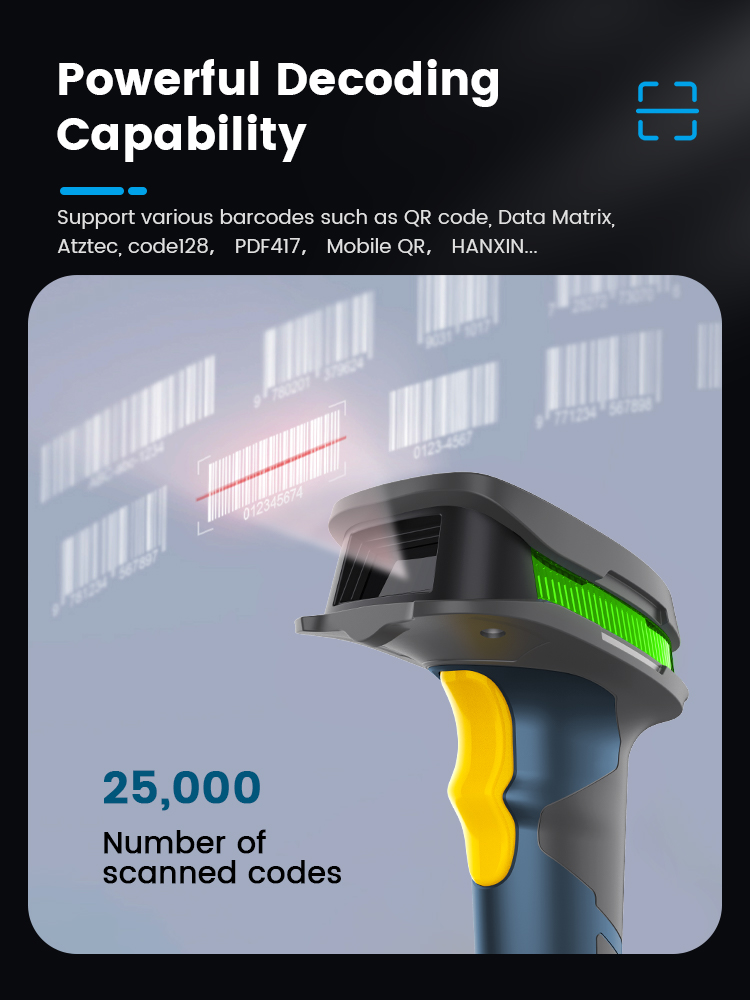
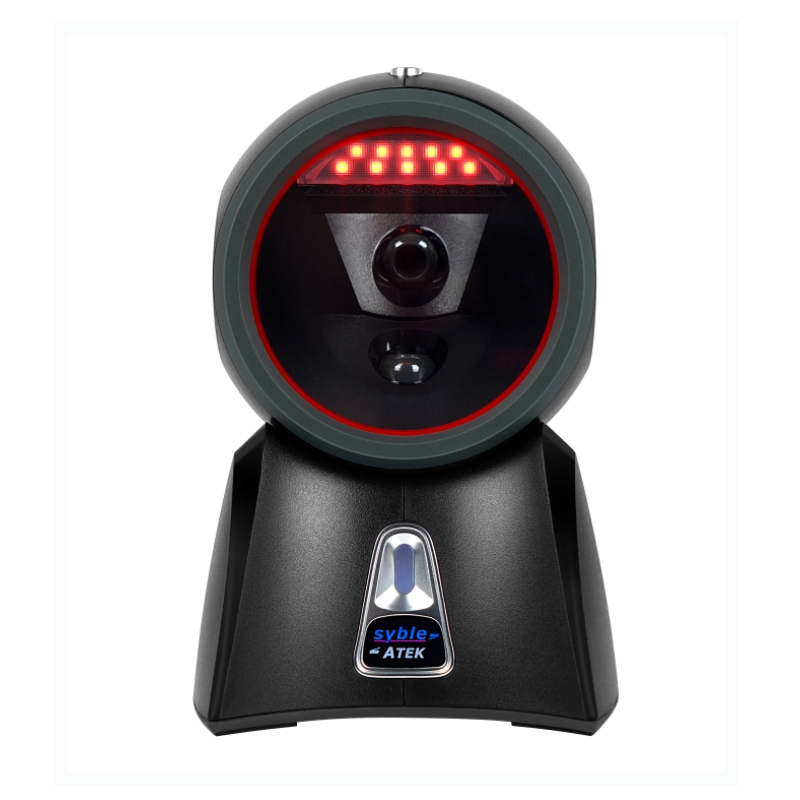
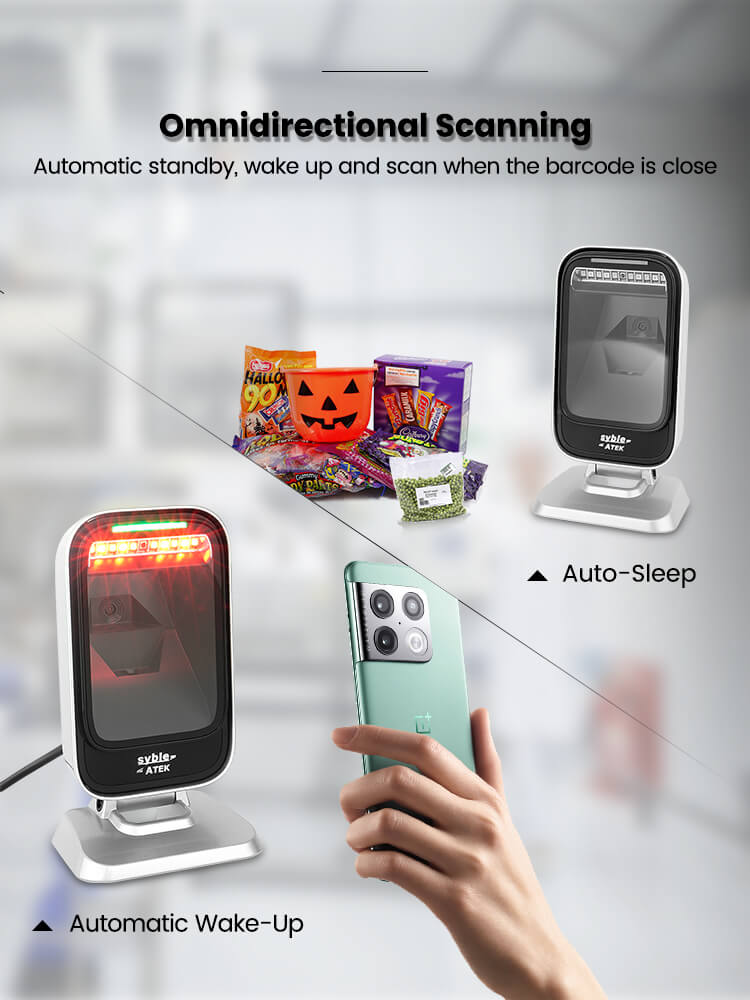
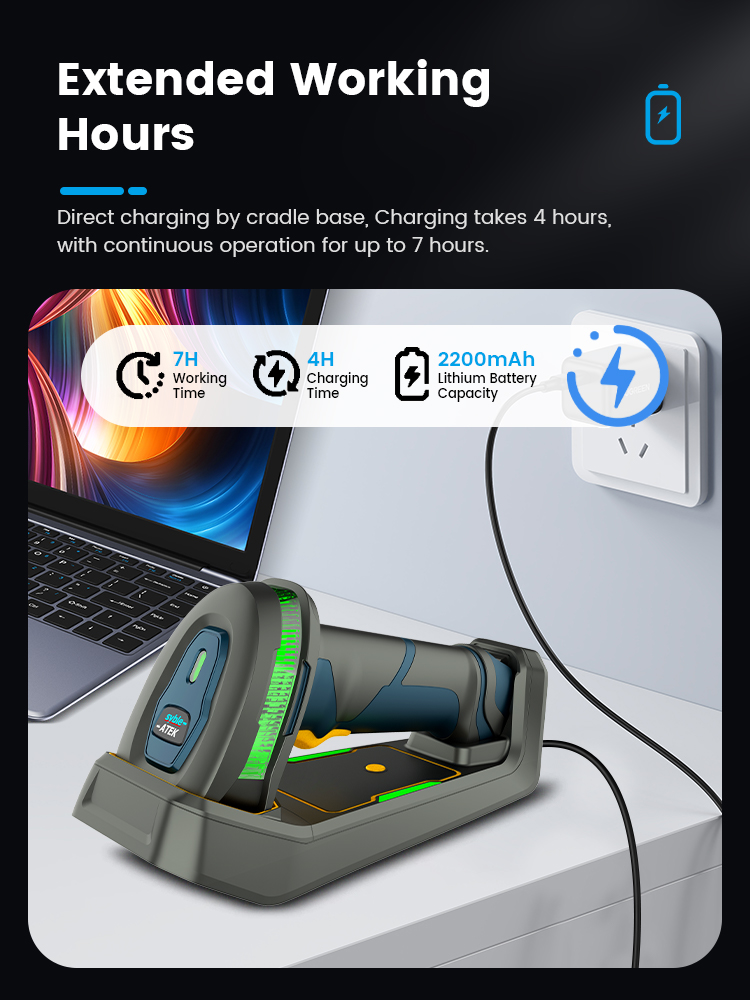

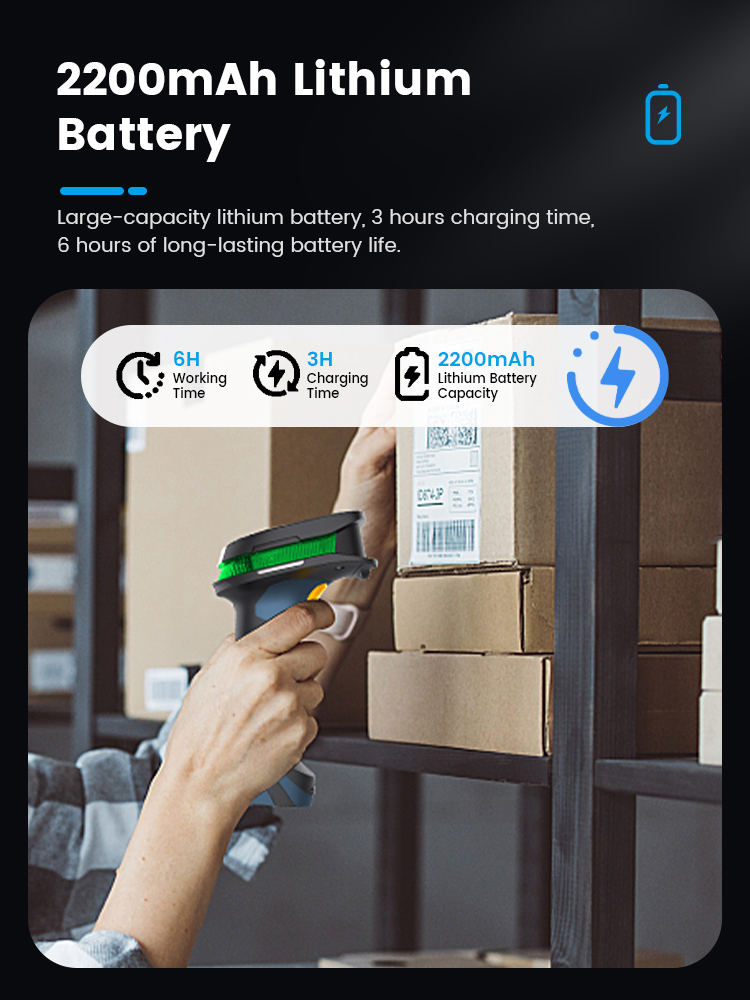
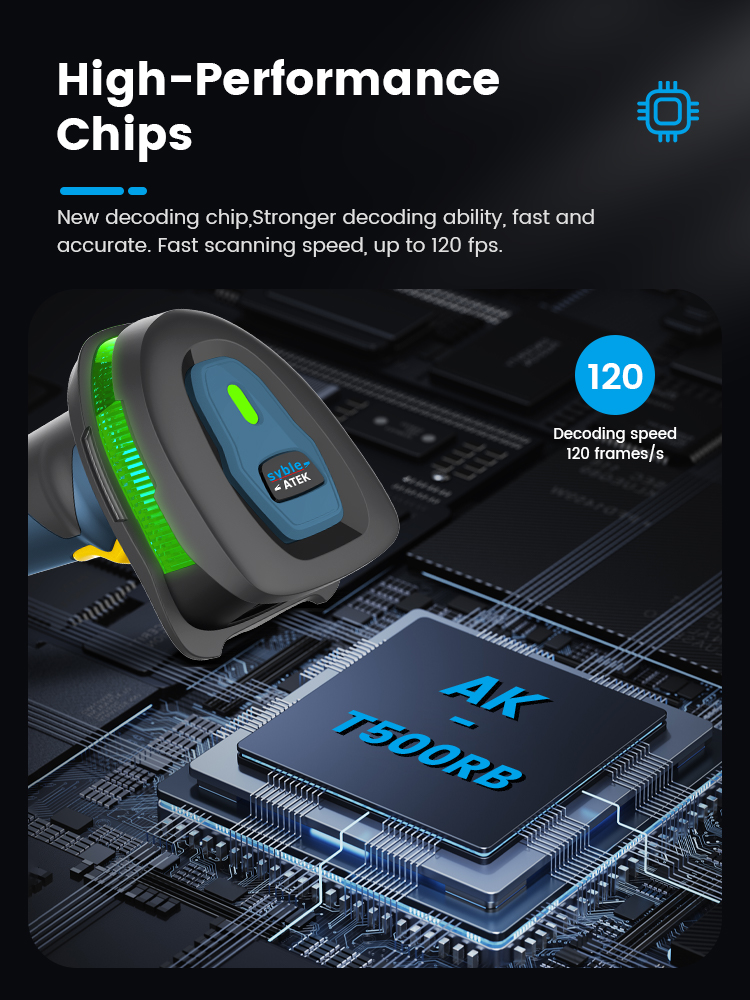
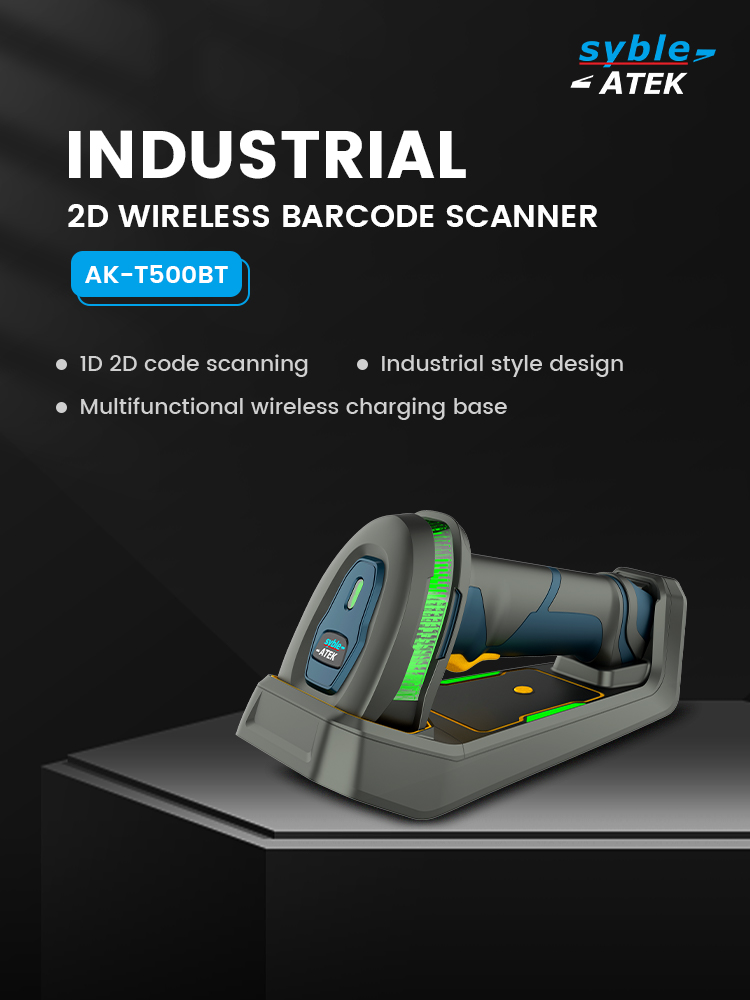
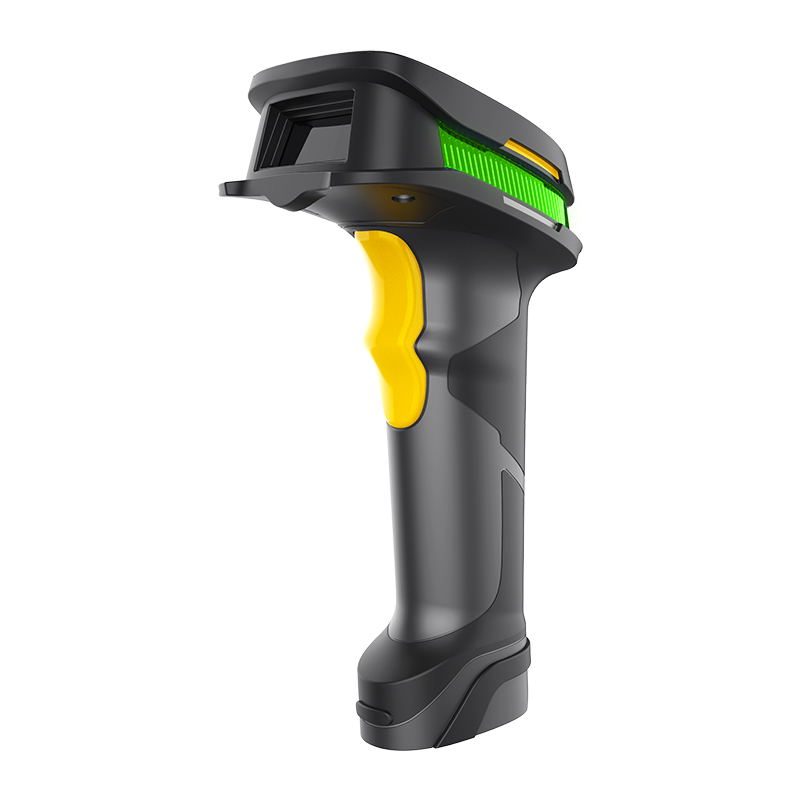
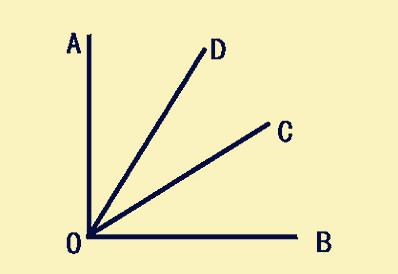
When we use the barcode scanner, we often see 3 angle parameters on the handheld barcode scanner manual, namely the tilt angle (Pitch), the rotation angle (Roll) and the deflection angle (Skew).
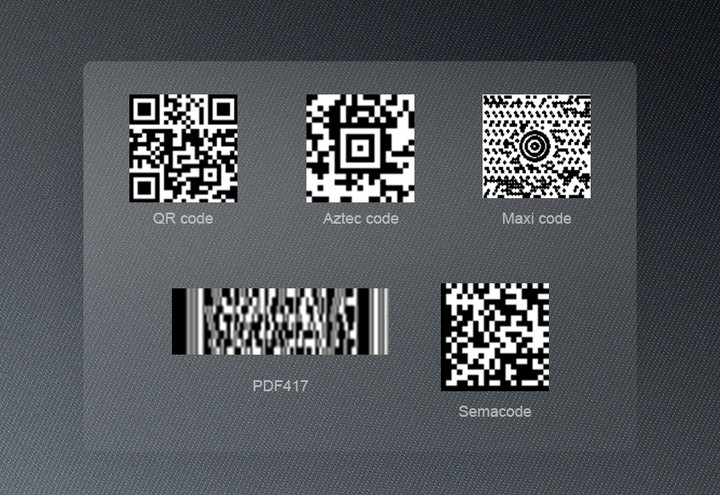
It is possible to create QR codes in many different shapes and styles, but five types are most commonly found. They all do the same job – they just look slightly different.
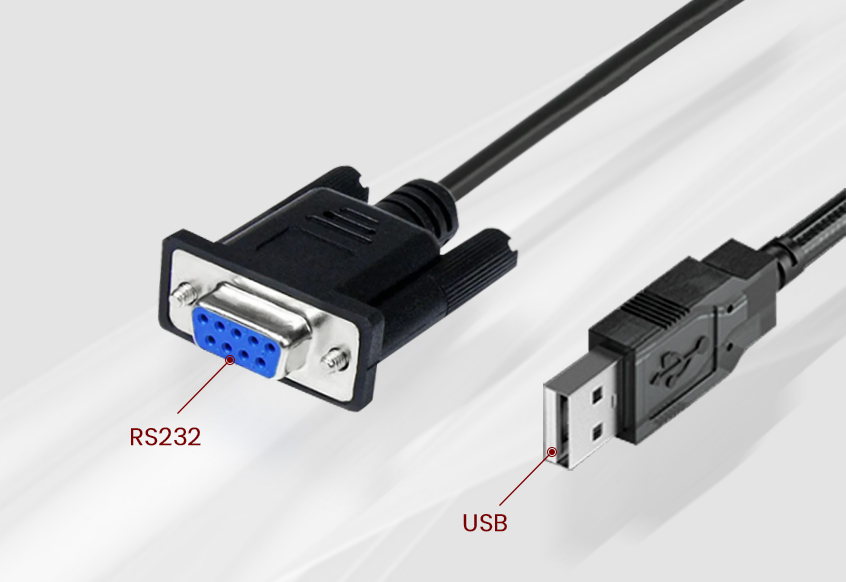
There are 3 kinds of prevalent barcode scanner interface, which is RS232, USB and Keyboard wedge, here are the details of these 3 interfaces.

A barcode consists of five main parts: a still area, a start character, a data character containing an optional verification characterand a stop character, and a second still area, where two-dimensional symbols called "matrix codes" appear and they will The required information is stored on each vertical and horizontal axis, such as shapes such as dots and rectangles, and can be read using mobile phones or barcode scanners, the most famous of which is the QR code, which differentiates itself by the increased amount of data storage that makes it possible to store Over 7000 individual characters.

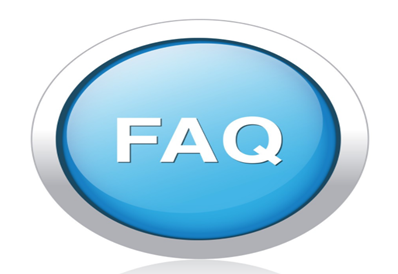
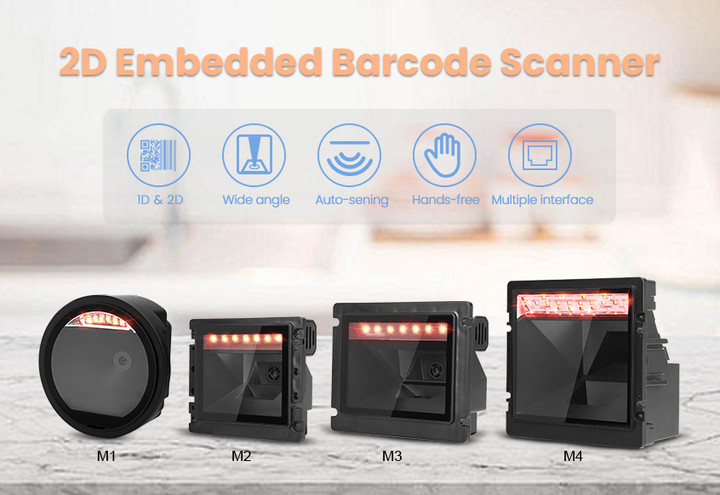
With the development of smart terminals, access gates are no longer limited to airports, subways, stations and other places for ticket checking, but are more used in high-end office buildings, factories, libraries, theaters, stadiums, exhibition centers, and tourism. Access control, attendance, electronic tickets, intelligent self-service equipment and other management systems for various public places such as scenic spots.
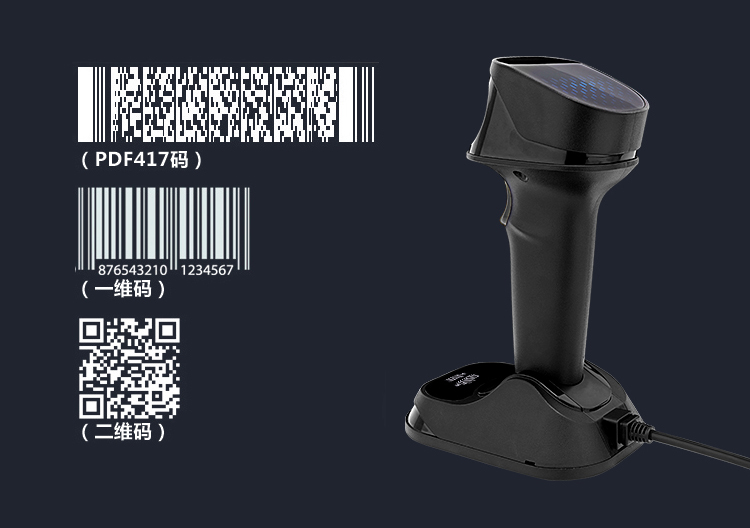
2D barcodes means 2 dimensions barcodes, it includes rectangles, dots, hexagons and other geometric patterns. The first 2D barcode was developed by David Allais at Intermed Corporation in 1987. 2D barcodes hold a great deal of information and data definition of 2d barcode because they store information horizontally and vertically. In fact, 2D barcodes can store up to 7,089 characters, which is a much greater storage capacity than the 20-character capacity of standard barcodes.